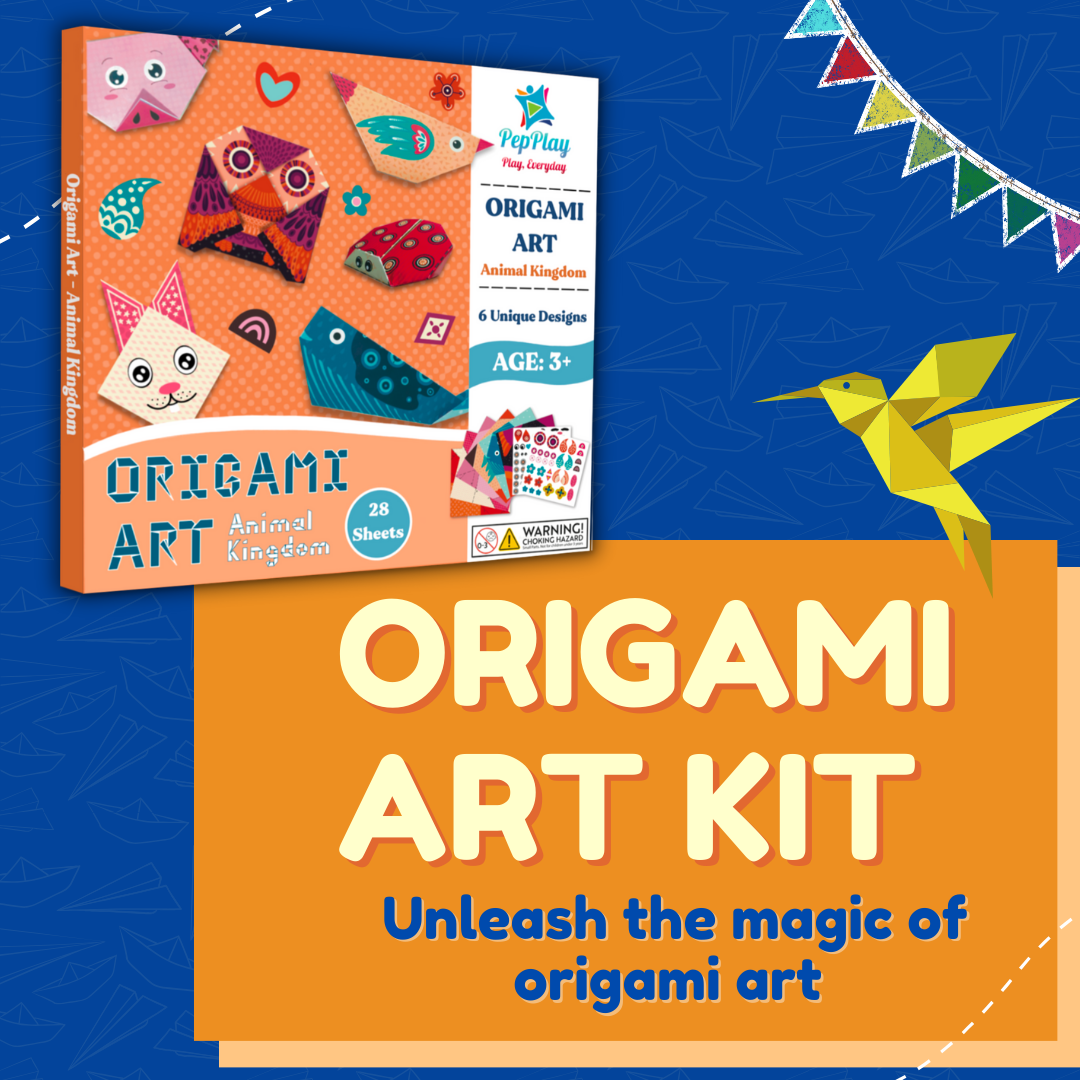First things first, let us know what does Origami mean?
Origami is the Japanese art of paper folding. It translates as “ori” (folding) “gami” (paper). Research has shown that paper-folding, particularly in the elementary school years, is a unique and valuable addition to the curriculum. Origami is a valuable method for developing vital skills.
Origami is not just a blank sheet of paper. It’s a world of creativity, a world of imagination, a medium to increase the dexterity of little hands, the first steps of engineering and learning of great value and catharsis. Origami is the Japanese art of folding paper and manipulating it to create recognisable objects. The advantages are manifold:
Improves fine motor skills
The art of Origami requires folding paper in the right way to create specific shapes. Origami pushes young hands to skillfully move their fingers to create detailed objects which in turn helps in their development. According to research, most kids who are good with their fingers tend to be good at sports and have a good rhythm. Also, since our peripheral nerves are centred in our fingertips, they are often called our “second brain”. Using fingertips to make detailed origami objects sends signals to the brain, making the activity a great way of brain training.
Behavioural Skills
Learning the art of Origami is a process that requires one to follow detailed instructions and steps to be to create the final design. It is an ideal example of “schematic learning through repeatable actions”. To be successful, students must watch closely and listen carefully to specific instructions and then carry them out with neatness and accuracy. Overall, it helps children get better at following what’s told to them and carrying it out to achieve their goal.
Develops imagination and a sense of colour
Since Origami is a process, it encourages kids to imagine a flat sheet of paper turn into a beautiful piece of art. It makes their brains tickle for picking the right colour of paper to make the end product look like as realistic as possible. Also, since we often use many different colours of paper when creating an object, the image often changes depending on the colour used. Buy drawing book online for the childrens.
Over all, I want you to discover the joy of creation by your own hands.. The possibility of creation from paper is infinite..
-Akira Yoshizawa
Bi-lateral development of the brain
Origami helps stimulate the left and the right brain hemispheres of a child. At a young age, kids tend to use both their hands and as they grow up, one hand becomes dominant and the other becomes passive. The left hemisphere is responsible for right-hand control, analytical and sequential thinking. The right hemisphere is responsible for left-hand control, holistic and creative thinking. In Origami, both hands have to work in a symmetrical pattern to achieve the intended results.
A Link to Math
Transforming a flat piece of paper into a three-dimensional object is a unique exercise in spatial reasoning. Origami is also important in teaching symmetry; for many of the folds, whatever is done to one side is done to the other. This is, of course, a fundamental algebraic rule that can be shown outside the framework of a formal “math lesson”. Besides, paper folding allows students to create and manipulate basic geometric shapes such as squares, rectangles and triangles.









